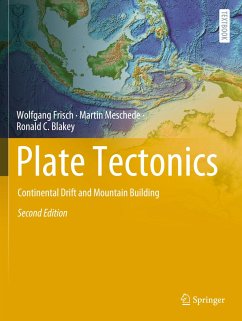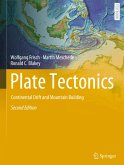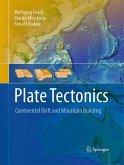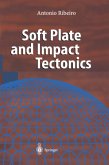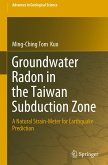This textbook explains how mountains are formed and why there are old and young mountains. It provides a reconstruction of the Earths paleogeography and shows why the shapes of South America and Africa fit so well together. Furthermore, it explains why the Pacific is surrounded by a ring of volcanos and earthquake-prone areas while the edges of the Atlantic are relatively peaceful.
This thoroughly revised textbook edition addresses all these questions and more through the presentation and explanation of the geodynamic processes upon which the theory of continental drift is based and which have led to the concept of plate tectonics.
It is a source of information for students of geology, geophysics, geography, geosciences in general, general natural sciences, as well as professionals, and interested layman.
This thoroughly revised textbook edition addresses all these questions and more through the presentation and explanation of the geodynamic processes upon which the theory of continental drift is based and which have led to the concept of plate tectonics.
It is a source of information for students of geology, geophysics, geography, geosciences in general, general natural sciences, as well as professionals, and interested layman.
From the reviews:
"The authors discuss all major aspects of the subject in chapters focusing on theory development; plate movements and geometry; continental grabens, margins, and abyssal plains; mid-ocean ridges; hot spots; subduction zones, island arcs, volcanism, and metamorphism; transform faults; terrenes; mountain building; and more. ... One of the book's strongest points is the many excellent, colorful maps and cross-sections that complement the text. References to the literature are well chosen. Summing Up: Recommended. Upper-division undergraduate through professional readership." (T. L. T. Grose, Choice, Vol. 49 (2), October, 2011)
"The authors discuss all major aspects of the subject in chapters focusing on theory development; plate movements and geometry; continental grabens, margins, and abyssal plains; mid-ocean ridges; hot spots; subduction zones, island arcs, volcanism, and metamorphism; transform faults; terrenes; mountain building; and more. ... One of the book's strongest points is the many excellent, colorful maps and cross-sections that complement the text. References to the literature are well chosen. Summing Up: Recommended. Upper-division undergraduate through professional readership." (T. L. T. Grose, Choice, Vol. 49 (2), October, 2011)

